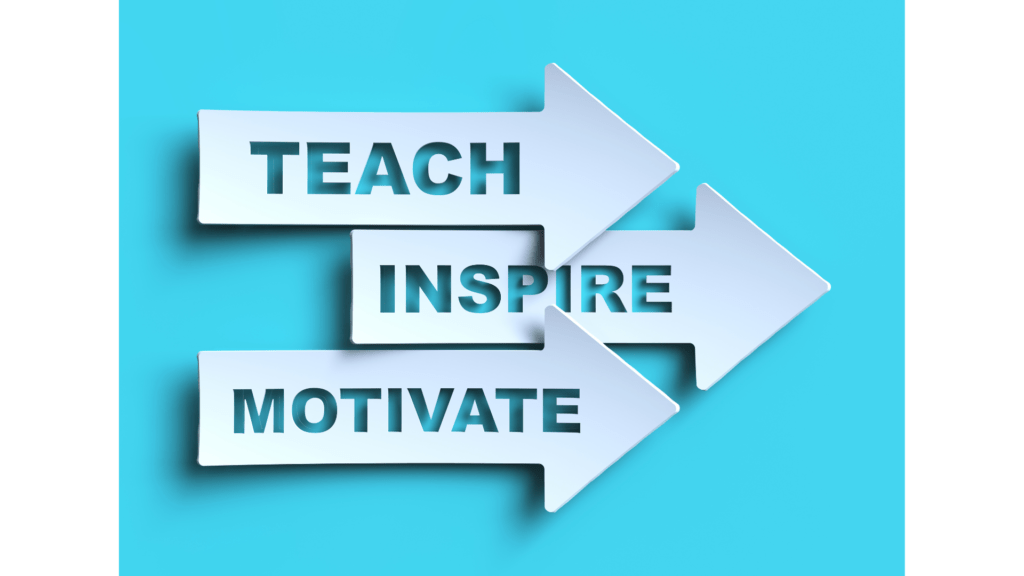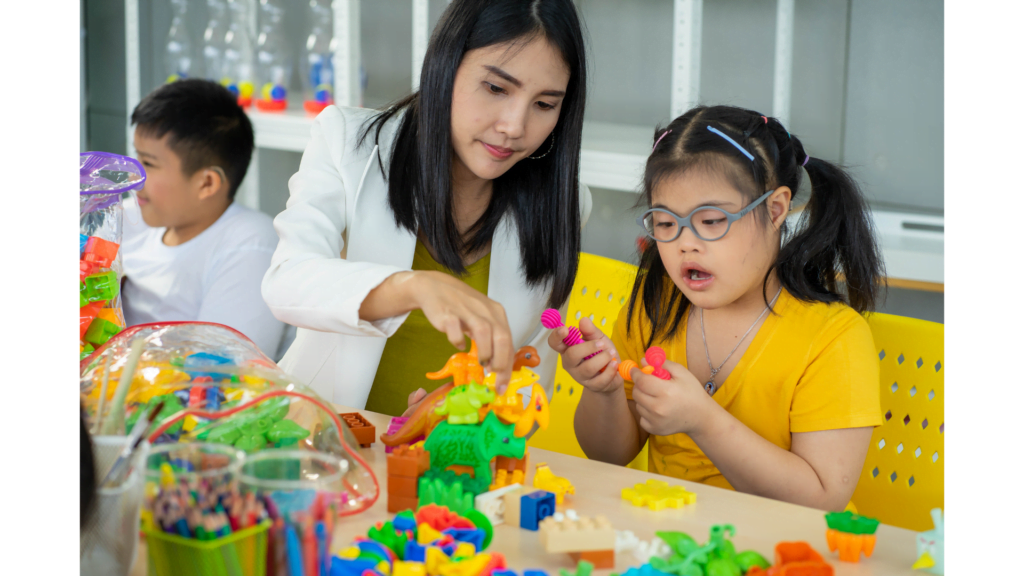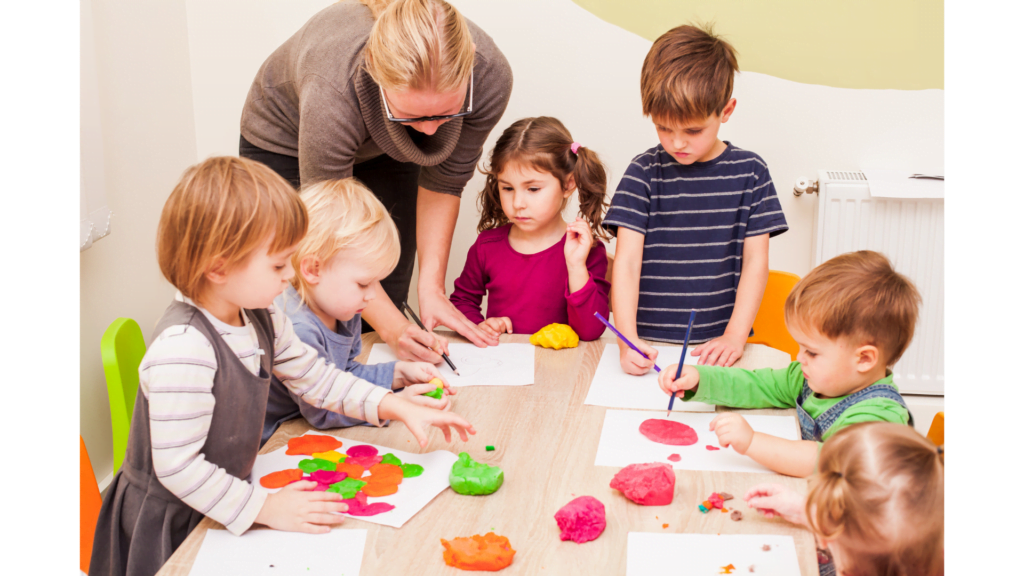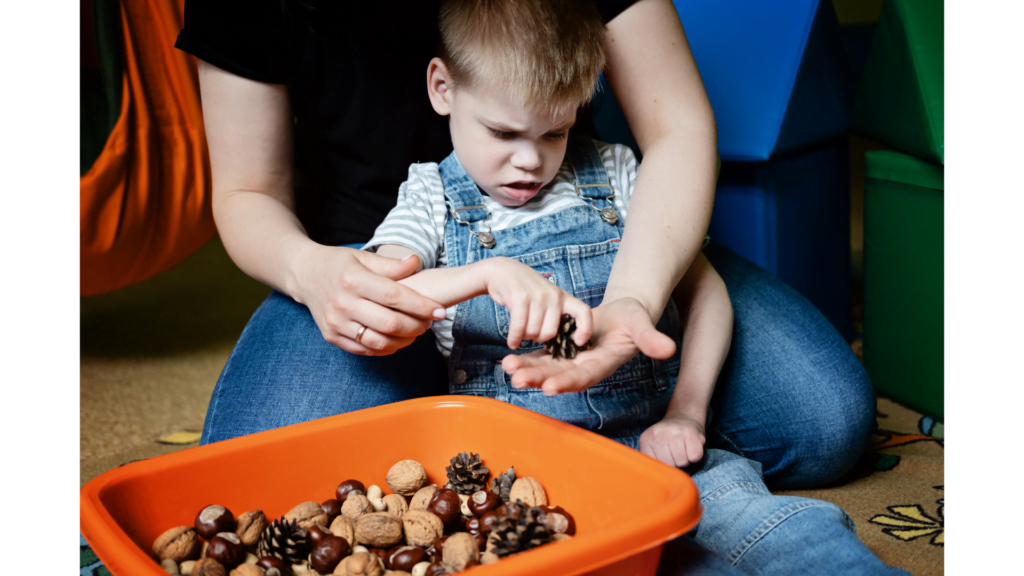Nurturing Inclusivity: Strategies for Teaching Students with Learning Disabilities

In the diverse landscape of education, the commitment to inclusivity is paramount. As educators, understanding and addressing the needs of students with learning disabilities is a crucial aspect of fostering an environment where every learner can thrive. In this blog, we will explore effective strategies that educators can employ to support and empower students with learning disabilities in their academic journeys.

Differentiated Instruction: Tailoring Learning Experiences:
Recognizing the unique needs of students with learning disabilities, differentiated instruction is a cornerstone strategy. This approach involves tailoring teaching methods, content, and assessment to accommodate diverse learning styles and abilities. By offering varied pathways to understanding, educators create an inclusive classroom where every student can engage with the material at their own pace and in ways that resonate with their individual strengths.

Utilizing Multisensory Techniques: Engaging Multiple Modalities:
Engaging multiple senses enhances the learning experience for students with learning disabilities. Incorporating multisensory techniques—such as visual aids, hands-on activities, and auditory cues—provides diverse entry points for understanding. These approaches not only make learning more accessible but also tap into the strengths of different learners, reinforcing concepts through various channels.

Providing Clear Instructions and Expectations:
Clarity in communication is paramount when teaching students with learning disabilities. Providing clear, concise instructions and setting explicit expectations help reduce anxiety and facilitate understanding. Visual aids, verbal reinforcement, and breaking down complex tasks into manageable steps contribute to creating a learning environment that fosters confidence and a sense of achievement.

Foster a Supportive Classroom Culture:
Building a supportive and inclusive classroom culture is foundational. Encourage open communication and create an environment where students feel comfortable seeking help or accommodations. Foster a sense of community by promoting teamwork and mutual support among students. This not only enhances the learning experience but also empowers students with learning disabilities to embrace their unique strengths.

Implementing Assistive Technologies:
The integration of assistive technologies can significantly enhance the learning experience for students with learning disabilities. Text-to-speech tools, speech recognition software, and screen readers are examples of technologies that can provide additional support. These tools offer personalized assistance, allowing students to access and engage with educational content in ways that cater to their individual needs.

In the journey toward inclusive education, implementing strategies tailored to the needs of students with learning disabilities is pivotal. By embracing differentiated instruction, multisensory techniques, clear communication, a supportive culture, and assistive technologies, educators create environments where every learner can thrive and reach their full potential.
